The limestone of the Burren is packed with fossils. It is reasonable to say it is made of fossils. A lot of the time we don’t see them because the …
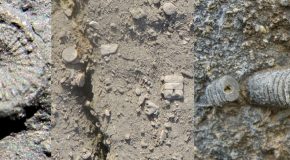
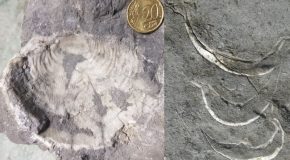
Large brachiopods are quite common in the limestone of the Burren. They can be seen in walls and loose rocks and in the rock of the limestone pavement that we …
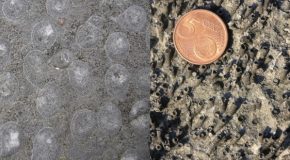
Fossil corals are quite common in the limestone of the Burren. They can be easily seen around the Flaggy Shore and the walking trails at Mullaghmore in the Burren National …
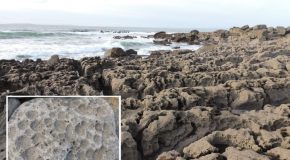
Our coastal cliffs form a line of defence against a constant marine onslaught. From Black Head to Doolin the Burren limestone meets the sea and from Doolin and the Cliffs …
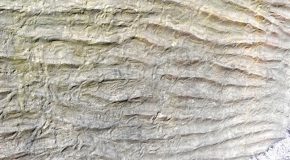
There are three main rock types; Igneous rocks which are formed from molten magma from the Earth’s interior that has cooled, Sedimentary rocks which are formed from particles (sediments); bits …
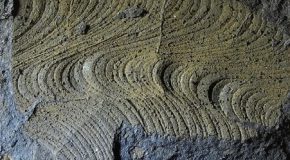
The spectacular end of most dinosaurs around 65 million years ago due to the impact of a large asteroid is now widely accepted by scientists and even a possible site …